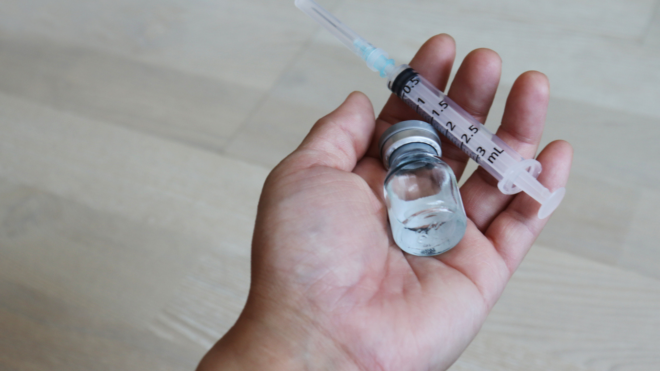
The world can be a dangerous place. This is especially true when it comes to little ones and their propensity for putting objects in their mouths. In addition to the germs that are festering on all types of surfaces, everyday objects like our favorite snacks and even baby washes can pose a potential danger.
Each generation learns something new about parenting. And one millennial mom shared her expertise on another common childhood item that could leave your child in trouble.
This common party item is the leading fatal choking hazard in the world.
When you go to a child’s birthday party, you expect to see a couple of staple items: a cake, gifts, and balloons. Balloons are decorative. Kids love to throw them in the air and watch them float down. But they present a dangerous choking hazard, once they’ve been popped. In fact, they’re the leading cause of fatal choking deaths worldwide.
This mom and paramedic explained why balloons are so dangerous.
In a video on Tiny Hearts Education, an Australian organization dedicated to informing parents about first aid, mom and paramedic Nikki Jurcutz shared why balloons are such an issue.
“They are really light. They are wet from the saliva inside [your child’s mouth],” she explains. This mom expert claimed they are particularly dangerous in the airway. Using a plastic tube as a representation of the airway, the paramedic put the balloon inside it. Immediately you can see the issue. Both the airway and the balloon are wet and sticky.
Even strong blows to the back have little to no effect on the movement of the balloon in the airway.
“The issue with these non-food choking items is the fact that they’re very difficult to get out even with back blows, any type of pressure, even the Life Vac, it’s difficult to actually remove this from the airway and extract it,” she said.
She began demonstrating how strong back blows had little to no effect on moving the balloon. Something like a peanut or grape would begin to shift or move with back blows, but balloons are harder to shift.
The text over the video reads: “The balloon may move with the back blow but will quickly get stuck to the other side of the airway rather than becoming loose and popping out like we see with other common choking hazard like grapes.”
Tiny Hearts has some advice on what to do if a child is choking on a balloon.
If your child does begin choking on a balloon, Tiny Hearts advises that you call 911, start choking treatment, begin back blows and chest thrusts. It advises these old-school methods are a better way to treat choking on a balloon than a device. The nonprofit advises starting CPR if your child becomes unconscious. But as always, prevention is best.
Tiny Hearts says you don't have to do away with all balloons.
Tiny Hearts doesn’t advise a no-balloon rule. Instead, it advises you take precautions. Don’t allow children to play with deflated balloons. When a balloon does pop, throw it in the trash immediately. Constantly supervise children around balloons. After the party, throw away any remaining balloons. Educate your children about the dangers of swallowing such an object.




